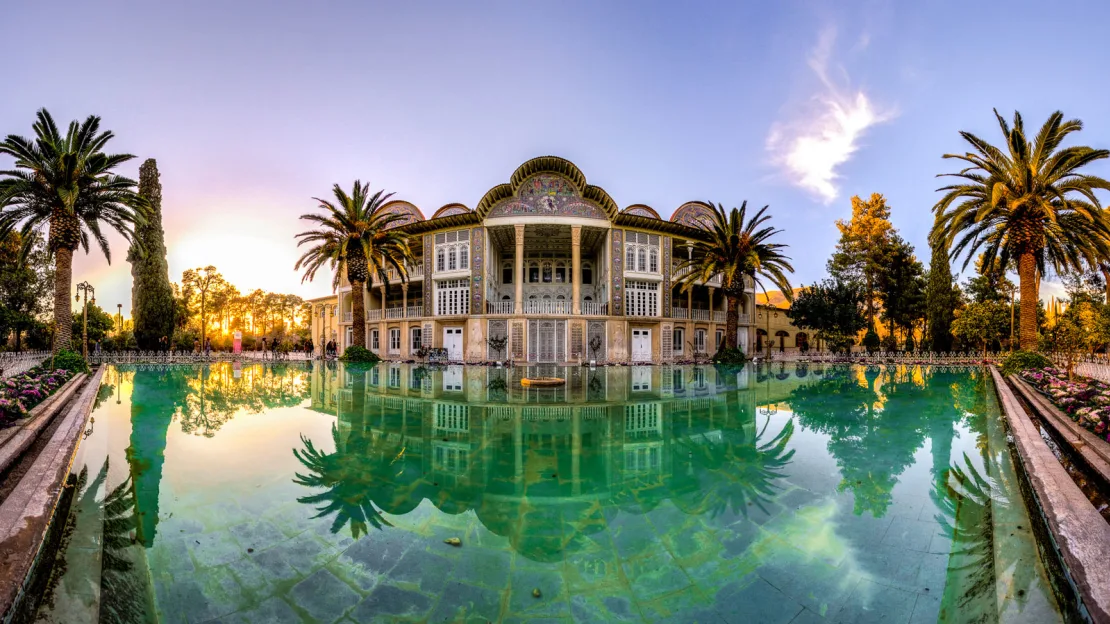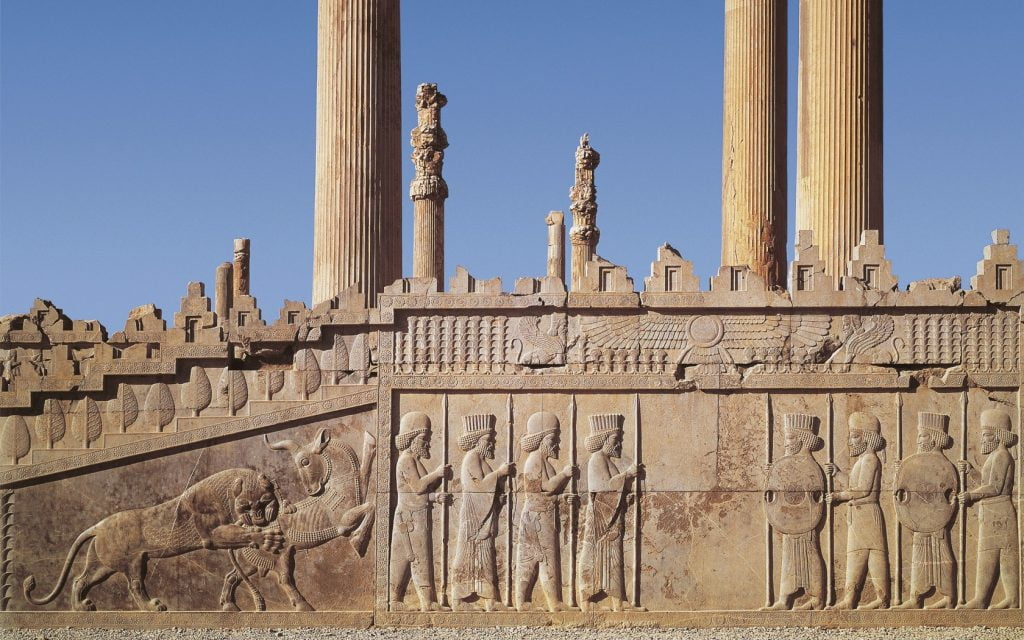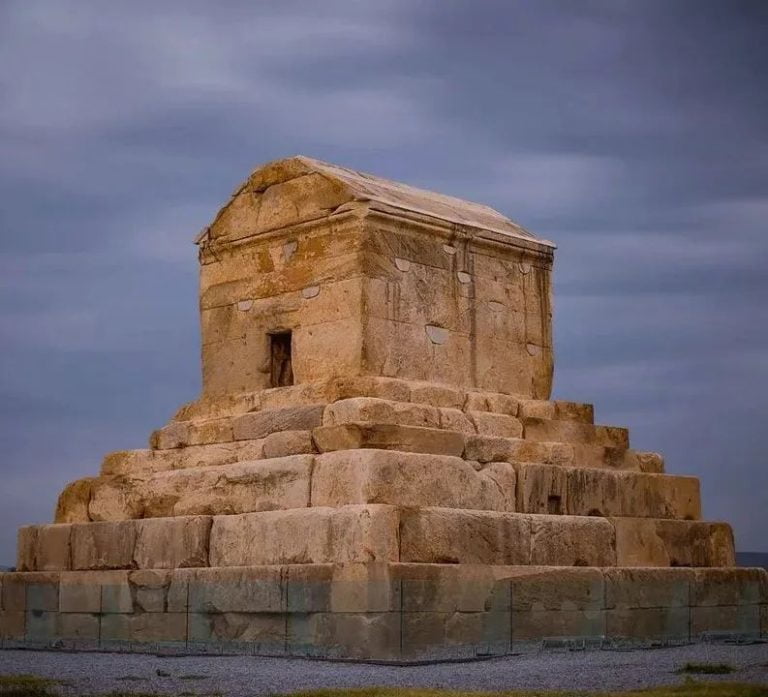Why Shiraz?
Renowned for its Persian lyrics, roses, cypresses, and nightingales, Shiraz is the capital of Fars and the one-time capital of the empire.
Little is known of the city’s pre-Islamic past other than that a settlement certainly existed here during the Achaemenid era and that the Sassanian king Ardashir (212-41) held court here.
Shiraz Highlight









Persepolis
Darius I, the great Achaemenian king, created, reorganized, and unified an empire which was greater than any the ancient world had seen. Persepolis was his conception, its unmatched splendor still evident today despite the ravages of foreign invaders.
The building program begun by Darius (522-486BC) was continued by his successors Xerxes (486-65BC) and Artaxerxes (465-24BC). The most important structures are crowded onto a natural rock terrace (Takht-e-Jamshid), which rises 12 meters above the plain with a mountain backdrop on one side.
There are 15 major buildings, including the Apadana, Hall of 100 Columns, the Gate House of Xerxes, the Treasury, and the harem, which housed the palaces of Darius, Xerxes, Artaxerxes I, and Artaxerxes II.
Persepolis was the place to which the Achaemenid kings came to celebrate the Iranian New Year and the achievements of their ancestors in religious ceremonies. Here they received foreign dignitaries, and here they were buried until the city was razed by Alexander in 330BC.

Passargadae; The Tomb of Cyrus the Great
The capital and burial place of Cyrus the Great. Here, Cyrus fought and conquered his last battle against the Median king Astyages around 550BC. Pasargadae was built as a memorial to that victory. Begun in 546, it was soon superseded in scale and magnificence by Darius’ palace at Persepolis.
Pasargadae is an extensive site containing remnants of Tall-e Takhte, the majestic tomb of Cyrus, a high plinth topped by a tomb chamber, 2 palaces, a monumental gate, a royal garden, and the enigmatic stone tower known as the prison of Suleiman.

